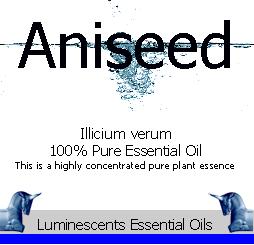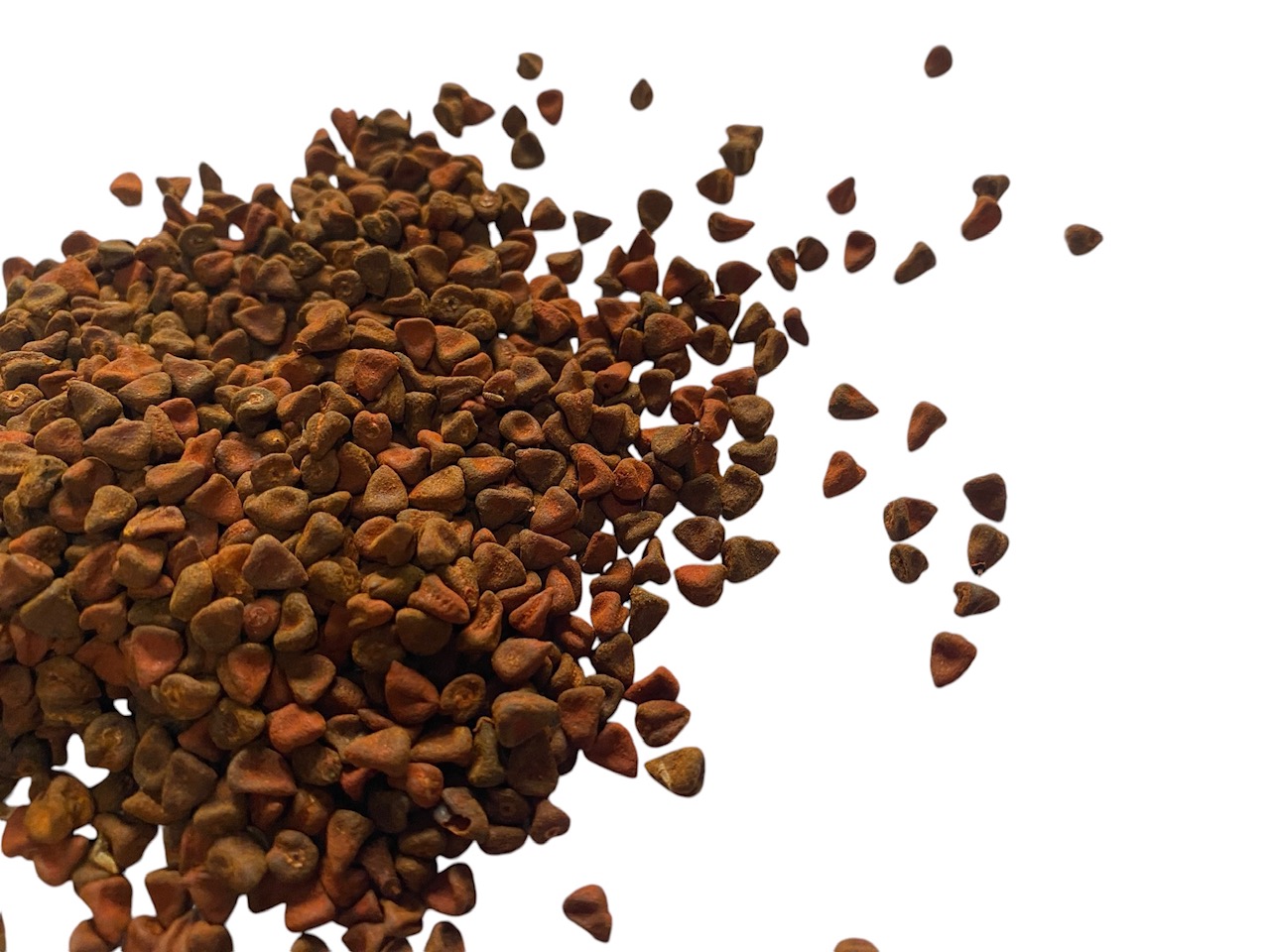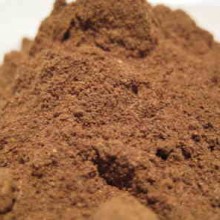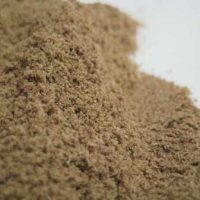Illicium verum from which Aniseed essential oil is derived is an annual plant growing to about 60cm (2 feet) in height. It has feathery leaves and yellow tinged flowers. It also sprouts hairy fruit seeds, from which the oil is extracted.
The plant , and particularly the seeds provide a pale yellow oil more so from the gray- brown seed fruits, which are harshly crushed before distillation to increase the amount of oil taken. This oil can and frequently does solidify in lower temperatures, and therefore may need heating before use.
Traditional and Emotional uses of Aniseed Essential Oil reportedly include:-
A strong liquorice-like flavour and bouquet. A calming influence on the digestive tract and is relaxing. It gives temporary relief from dry or bronchial cough, sinusitis, and the symptoms of hay fever and congested head colds. It is used in aromatherapy massage, bathing, inhalation, and as a compress. Diluted with carrier oil, massage Aniseed oil into chest and back or use by way of steam inhalation for persistent coughs. Has been reported to encourage sleep.
History of Aniseed:
Aniseed was revered by ancient civilisations and used by the Egyptians in the making of bread, liqueurs and aperitifs. It has a calming influence on the digestive tract.





